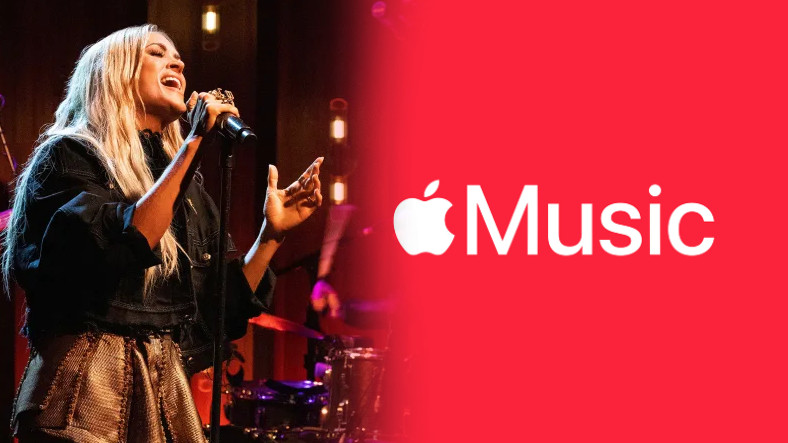Social communication expert Pavel Sidorenko tells Efe that emojis must face the challenge of adapting to the “interactive” taste of new generations who prefer to satirize the animated elements of instant communication.
On the occasion of World Emoji Day celebrations this Sunday, this professor in Transmedia Communications at the International University of La Rioja in Spain analyzed the evolution of these tiny digital icons and the generational differences in their use.
Originating from Japanese – the “e” stands for drawing and the “moji” character, writing sign – the term was named word of the year in 2019 by the Emergency Spanish Foundation FundéuRAE, supported by the Efe Agency and the Royal Spanish Academy (RAE).
laugh with tears
Sidorenko explains that emojis facilitate nonverbal communication within a computational text and “fill in the blank in the text to nuance, soften, complement or emphasize an idea.”
In the 1980s, expressions that are emotional expressions formed from punctuation marks began to be used, for example «:-)», «;-)» or «:-(«.
However, emojis with Unicode characters were not created until 1999 with small colored figures to describe emotions, objects or ideas, and currently fall into eight categories (faces and people; animals and plants; food; sports; vehicles and houses; objects; objects; signs and numbers and flags. ).
With the rise of smartphones, the use of emojis has become widespread in recent years “as another resource in the multimodal communication process with private use in social networks”.
The teardrop smiley face, officially called “Face with Tears of Joy”, is the most used emoji in the world, but “generational misunderstandings” can occur if the codes are not well known, as some high-level users have sent it. This expert says that this drawing is to express sadness.
When in doubt, any user can check on the website www.emojitranslate.com which emoji is best suited to express an idea or emotion.
They also use some fruits such as eggplant, peach and cherry with sexual connotations to circumvent censorship on some social networks; campaigns were made to add new emojis such as paella; define racial diversity, be more inclusive of people with disabilities and adapt them to the unique characteristics of each country.
While the pistol was replaced by a water pistol to prevent warmongering, the covid-19 outbreak also contributed to the change of the syringe icon to symbolize the vaccine, as Unicode, the consortium that organizes emojis, “continually monitors current events for updates.”
remove from emoji
Thus, over the last decade emojis have become a “transverse element” of communication for all user segments, although the youngest, such as Gen Z (born between 1994 and 2010), prefer the use of more animated elements.
He warns whether these centenarians are using emojis with “contempt”; and these youths believe that millennials (born between 1981 and 1993) and millennials (born between 1981 and 1993) and millennials (between 1969 and 1980) use them too much in their messages.
For this reason, centuries have replaced emojis with “stickers” in their conversations in messaging applications and used a “satire-based” communication code, so they prefer these icons that look more like “memes” but are animated.
“I have students who claim they can only chat with ‘stickers’,” this teacher says.
Behind Generation Z comes Alpha, the demographic group of children born after 2010, many of whom still do not have mobile phones, but have been using digital media for years and are regular users of games like Minecraft or Roblox. that is, “they are already in the incipient metaverse.”
Independent journalism needs the support of its readers to keep going and have the disturbing stories at hand that they don’t want you to read. Today, with your support, we will continue to work hard for uncensored journalism!














